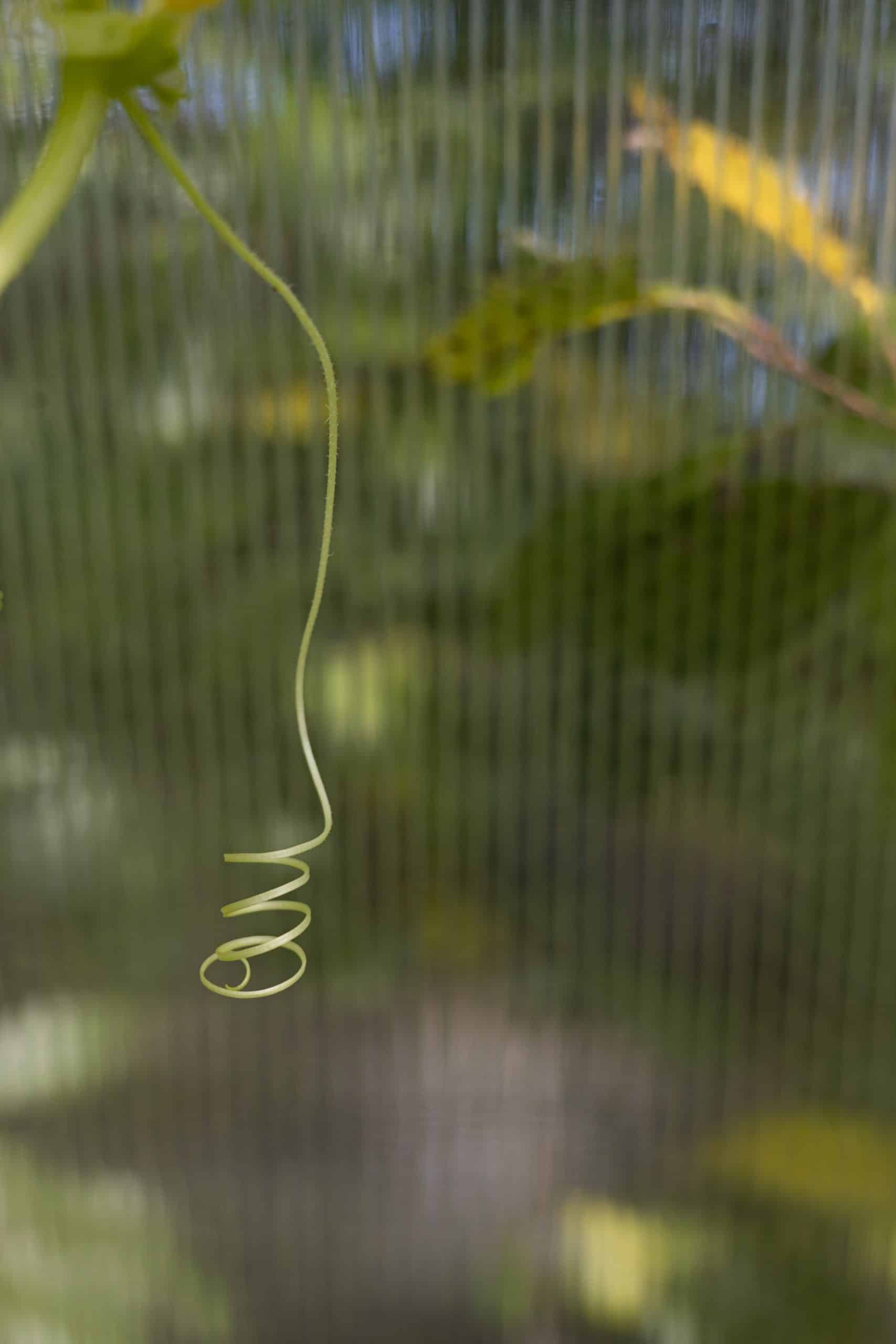How to adapt your home for a blind or visually impaired pet?

Imagine one day, your beloved dog loses its vision. It’s an unfortunate situation that could cause significant changes in your pet’s life. But, this impairment does not mean your dog can no longer live happily and comfortably. As the owner, you will need to step up and help your visually impaired pet navigate this new phase of life. This comprehensive guide aims to show you how to modify your home to make it safe and accessible for your blind or visually impaired dog.
Understanding the needs of a Blind or Visually Impaired Dog
Firstly, it is crucial to understand that dogs experience blindness differently than people do. Dogs rely on their other senses, such as smell and hearing, more than their visual acuity. However, their dependence on peripheral vision makes the loss of sight a significant adjustment.
Additional reading : How to establish a safe play routine for dogs with intervertebral disc disease?
Blind or visually impaired dogs may experience fear and anxiety due to their changed perception of the world. As their owner, it is your responsibility to provide a safe, stable environment for your pet. It is essential to keep regular routines and avoid moving furniture or personal items around the house. Consistency is the key to helping your dog adapt to its new circumstance.
Training for Transition
When your dog first begins to experience vision loss, there will be a period of transition. This is a critical time for training. The essential point to keep in mind during this time is consistency. Dogs are creatures of habit, and a consistent routine will help your pet find its way around.
Also to discover : What’s the best way to remove a tick from your pet without causing discomfort?
During this period, verbally guide your dog around the home, using distinct words for various actions and areas. Use phrases like "step up" or "step down" for stairs and "watch out" for obstacles. Teach your dog to stop on command, which can help prevent collisions with hazards.
Creating a Safe Environment
Creating a safe environment for your visually impaired pet is a multi-step process. Begin by clearing the home of potential hazards. Remove any sharp objects or corners, and consider padding these areas if necessary.
Invest in a well-fitted harness or service dog vest with a handle. This will help guide your dog safely and will also signal to other people that your pet is visually impaired.
Another important aspect is to mark important areas in the house with different textures or scents. Consider placing a unique rug under the food and water dishes, and another by the door. This will help your blind pet find these crucial areas.
Adapting Outdoor Spaces
While indoors can be controlled and modified quite easily, outdoor spaces can present a challenge. However, a few alterations can make your yard a safe haven for your blind pet.
First, fence your yard to prevent your dog from wandering off. You should also clear the yard of any potential hazards, such as tools or garden decorations.
Consider installing a doggy door to allow your pet to access the outdoors on its own. Make sure to keep a constant supervision to prevent accidents.
Communicating with a Visually Impaired Dog
Communication with a blind or visually impaired dog will rely heavily on words, sounds, and touch. Develop a set of commands that you can use consistently.
Sounds are also a great tool to guide your dog. You can use bells or other noise-making objects to help your dog find its way. Touch is equally important. Regular grooming and petting can reassure your pet that you are there for them.
Remember, adapting your home for a blind or visually impaired pet takes time and patience. However, by making these adjustments, you can provide your pet with a safe, comfortable environment in which to live. Always remember to consult with your vet or a professional trainer for more personalized advice and guidance.
Utilising Technology for Assistance
In today’s tech-savvy world, there are numerous tools and equipment available to assist your blind or visually impaired pet. These can make significant contributions towards creating a safer and more comfortable environment for your dog.
For instance, consider installing smart home devices, such as doorbells or alarms, that emit unique sounds. This can help your dog identify specific areas or actions, like when it’s mealtime or someone is at the door.
There are also GPS trackers available in the market now, designed exclusively for pets. By attaching one to your dog’s collar or harness, you can track your pet’s movement in real time, which can be particularly useful for outdoor excursions.
In addition to this, there exists toys specifically designed for blind pets. These toys typically produce a noise or have a specific texture, providing a source of mental stimulation and fun for your visually impaired pet. It’s a great way to keep your pup engaged and active.
Another beneficial technology is the vibrating collar. It is a valuable training tool that can supplement voice commands and help your visually impaired pet understand your commands more efficiently. The collar vibrates in response to a remote you control, aiding in guiding your dog.
In the age of technology, it’s vital to stay updated and utilise these tools to ensure the comfort and safety of your blind dog. Always remember, these gadgets are meant to supplement your consistent care and guidance, and not replace it.
Building Confidence in Your Pet
Beyond adapting your home for your blind or visually impaired dog, it’s important to help build your pet’s confidence. This can be achieved through consistent training, positive reinforcement, and plenty of affection.
Maintain a routine in your pet’s life. Regularity in meals, walks, and playtime can provide a sense of stability and predictability for your dog. This routine can go a long way in reducing anxiety and fostering confidence in your pet.
Positive reinforcement is another crucial aspect. Reward your dog with treats or praises for successful navigation or obedience. Remember, your pet is dealing with a significant change in life, and every little accomplishment is worth celebrating.
Another key to building your pet’s confidence is regular exercise. Engaging your dog in activities that it can still enjoy despite its vision loss is crucial. These activities not only keep your pup active but also stimulate its other senses, helping your pet adjust to its new circumstances.
Finally, don’t forget the power of touch. Regular cuddles, strokes, and grooming can provide comfort and assurance to your pet, reinforcing the bond between you two.
In conclusion, adapting your home for a blind or visually impaired pet may initially seem daunting, but with patience, consistency, and the right tools, you can help your pet navigate this new phase of life confidently. Remember, your pet’s blindness doesn’t define them. They are still the same loving, loyal, and joyful companion they’ve always been. You just need to help them see the world in a slightly different way.
